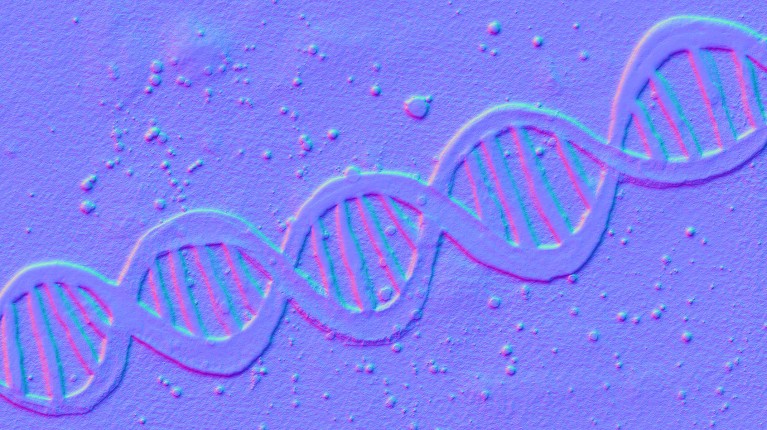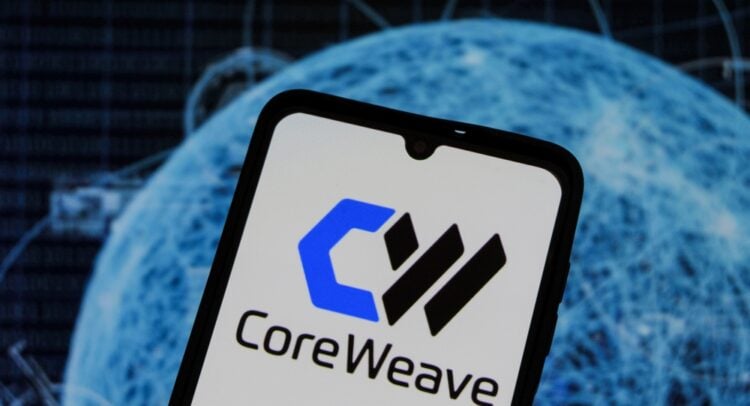
DNA can store information for millions of years without any energy input, but scientists have lacked reliable energy sources to enable DNA computations. Credit: Kateryna Kon/SPL
Researchers have found a new way to power DNA computers — tiny biological devices that perform calculations using biochemical properties of DNA bases rather than conventional silicone chips, which use electricity to carry out computation.
These molecular machines could one day be used to store data, solve difficult mathematical problems and analyse biological data. But researchers have struggled to find an energy source for them that is as reliable as the ATP used in living cells or the electricity that powers everyday devices.
Now, a study published in Nature on 1 October1 has demonstrated that heat could be an option. The authors created DNA circuits that they could charge and recharge by cycling the temperature of the system.
The work “suggests a future where artificial molecular machines can recharge themselves and remain active over long periods of time”, says study co-author Lulu Qian, a bioengineer at the California Institute of Technology in Pasadena. “It’s like self-driving cars pulling into charging stations on their own: molecules could one day recharge themselves at heat stations.”
Heat-powered DNA computing
DNA computers were first described in 1994 and have been suggested as a sustainable replacement for standard electronic storage options. In the quest to find new power sources for DNA computers, researchers have explored using molecules such as the cellular energy-carrying molecule ATP, as well as methods of thermal cycling2. However, the efficiency of the systems are sensitive to molecular changes, so Qian and her colleagues set out to develop a different method that uses heat as an energy source. The authors say that their idea was inspired by proposals that early evolution could have been driven by natural occurring temperature cycles, in which hot volcanic rocks supply energy to allow chemical reactions to take place in cold seawater.
“Heat is everywhere, and it’s easy to access, and with the right designs, it can recharge molecular machines again and again, letting them sustain activity and keep interacting with their environment,” says Qian.
The researchers aimed to do this by developing a molecular circuit that gets stuck in a state of thermal non-equilibrium. In such a state, the DNA molecules act as energy stores, absorbing energy created as the circuit tries to push back towards equilibrium.
The researchers did this by creating unstable links between DNA molecules. By varying the temperature of the reaction, the authors could change the energy storage inside these systems. At high temperatures, the molecules became single-stranded, but when the system cools, the circuit resets to its original state. Heating and cooling the system could switch molecular systems between equilibrium and out-of-equilibrium states within minutes, like recharging a battery.
“Unlike chemical batteries, this recharge leaves behind virtually no waste[d energy],” says Qian.
The authors tested the ability of their method to power a set of computations in a DNA computer involving more than 200 different molecules and found that it was sufficient to carry out at least 16 rounds of computation.
Source link

